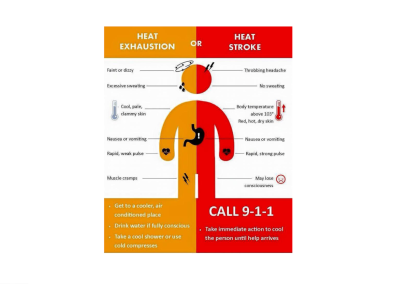Science Source
Changes in observed climate extremes in global urban areas
- Uses observed station data for 217 urban areas across the globe, and shows that these urban areas have experienced significant increases (p-value <0.05) in the number of heat waves during the period 1973–2012, while the frequency of cold waves has declined
- Finds almost half of the urban areas experienced significant increases in the number of extreme hot days, while almost 2/3 showed significant increases in the frequency of extreme hot nights
- Finds extreme windy days declined substantially during the last four decades with statistically significant declines in about 60% in the urban areas
- Finds significant increases (p-value <0.05) in the frequency of daily precipitation extremes and in annual maximum precipitation occurred at smaller fractions (17 and 10% respectively) of the total urban areas, with about half as many urban areas showing statistically significant downtrends as uptrends
- Finds that changes in temperature and wind extremes, estimated as the result of a 40 year linear trend, differed for urban and non-urban pairs, while changes in indices of extreme precipitation showed no clear differentiation for urban and selected non-urban stations
Related Content
Headline

Jun 21, 2016 | AccuWeather
Roads buckle, shatter in central US amid extreme June heat waves
Science Source
| National Weather Service and Penn State University Monograph
Recent Trends in Northern and Southern Hemispheric Cold and Warm Pockets
Richard Grumm and Anne Balogh
Headline

Jun 16, 2016 | Missourinet
Heat and humidity creating dangerous conditions in Missouri
Headline

Jun 16, 2016 | Texas Public Radio
Metro Health Issues Heat Outlook Level III


